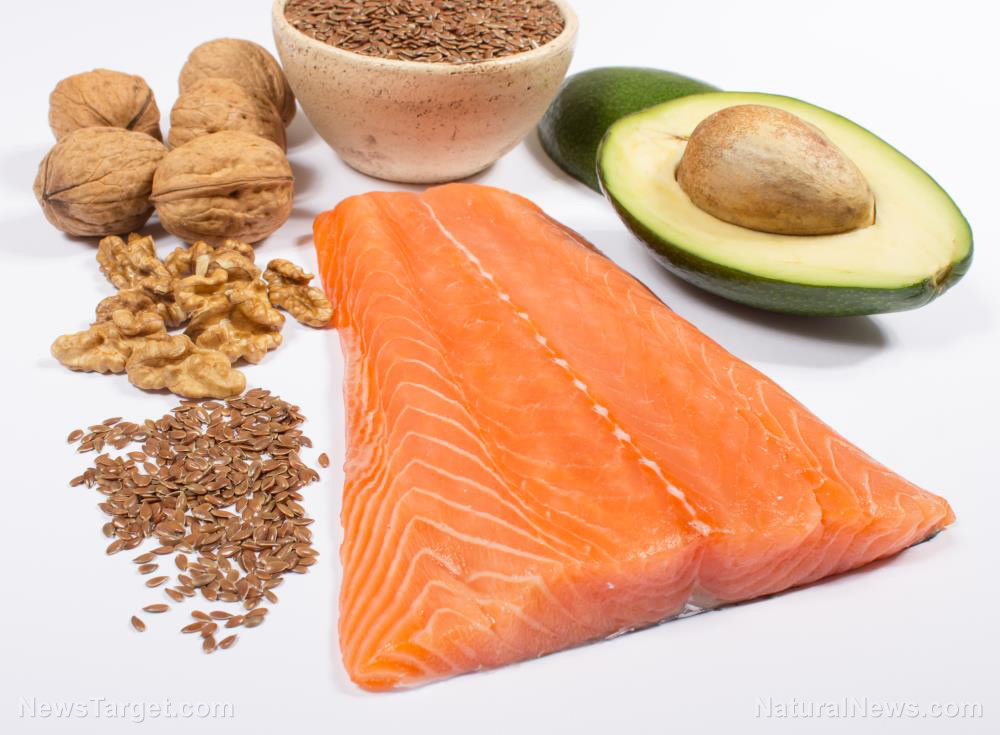Researchers examine a compound that can extend the lifespan of worms
09/18/2019 / By Edsel Cook

Researchers identified a molecule that can prolong the lifespan of roundworms. The compound works by blocking an enzyme that plays a vital role in a cannabinoid pathway.
The Scripps Research team also reported that the anti-aging biological pathway in the Caenorhabditis elegans roundworm is related to the cannabinoid pathways found in humans.
“This study reveals a new life-extension pathway, but more broadly, it introduces a powerful method for applying chemical probes to lab animals such as worms to discover biology that may be relevant to humans,” explained Scripps researcher Dr. Benjamin Cravatt.
Cravatt is known for developing advanced chemical proteomics methods and his studies on enzymes and their associated biological pathways. Cravatt and his team used his methods to study aging in C. elegans.
C. elegans roundworms have a lifespan of just a few weeks. Their fleeting lives make them easier and more practical to study for lifespan-related research.
Typical lifespan studies involving C. elegans involve the deletion of a gene in roundworm embryos. Researchers then examine the effect of that deletion on the lifespan of the worms.
In contrast, the method used by Cravatt’s team involved the use of small compounds to interrupt enzyme-related pathways in adult worms. They then studied the affected pathways to see if they were involved in lifespan regulation. (Related: Research reveals that a plant used in Ayurvedic medicine can potentially treat symptoms of chronic fatigue syndrome.)
New chemical molecule helps roundworms live 45 percent longer
Any lifespan-extending molecule that works on roundworms will then be tested on mammals. If it succeeds in regulating the lifespan of rats and other animals, the chemical may prolong the lifespan of humans as well.
The Scripps team tested 100 molecules on C. elegans. All of the chemicals target serine hydrolases in mammals.
“Metabolic processes are very important in determining the rate of aging and lifespan, and serine hydrolases are major metabolic enzymes, so we thought there was a good chance we’d find an important aging-related enzyme this way,” said Scripps researcher Alice Chen, the primary author of the study.
First, the researchers developed ways to enable the molecules to pass through the durable outer skin of the roundworms. Then, they tested the chemicals on worms that were just about to reach maturity.
The researchers found that some of the compounds extended the average lifespan of roundworms by 15 percent. The most effective molecule was JZL184, a carbamate compound that extended the lifespan of roundworms by up to 45 percent at the optimal dose.
By the 30th day of their experiment, the researchers reported that more than half the roundworms given JZL184 remained alive and healthy. In comparison, all untreated worms had perished from old age at that point.
Extending lifespan by preventing the breakdown of an important endocannabinoid neurotransmitter
Cravatt’s team created the JZL184 molecule to inhibit the mammalian enzyme monoacylglycerol lipase (MAGL). MAGL normally breaks down a molecule called 2-AG.
2-AG serves as a vital neurotransmitter and is an endogenous cannabinoid — endocannabinoid for short — that triggers one of the receptors affected by tetrahydrocannabinol, the primary mind-altering compound found in cannabis.
The puzzling part was that C. elegans roundworms do not have MAGL for JZL184 to target. The researchers then learned that the JZL184 goes after another enzyme called fatty acid amide hydrolase 4 (FAAH-4).
FAAH-4 and MAGL are two completely unrelated enzymes. However, both perform the same role of breaking down 2-AG.
Earlier studies suggest a connection between 2-AG and the aging process in mammals. One study reported that the concentration of 2-AG in the brains of mice decrease as they get older, possibly due to increased MAGL activity.
The researchers concluded that worms and mammals possess similar signaling pathways that control their lifespan. Further studies on the FAAH-4/2-AG cannabinoid pathway may help them develop a means of increasing the lifespan of human beings.
Sources include:
Submit a correction >>
Tagged Under:
2-AG, aging, aging process, aging secrets, anti-aging, anti-aging science, breakthrough, cannabinoid pathway, cannabinoid receptors, cannabinoids, discovery, endocannabinoid, JZL184, longevity, neurotransmitter, proteomics, research, roundworms
This article may contain statements that reflect the opinion of the author
RECENT NEWS & ARTICLES
ANTIAGINGSCIENCENEWS.COM is a fact-based public education website published by Anti Aging Science News Com Features, LLC.
All content copyright © 2018 by Anti Aging Science News Com Features, LLC.
Contact Us with Tips or Corrections
All trademarks, registered trademarks and servicemarks mentioned on this site are the property of their respective owners.




















